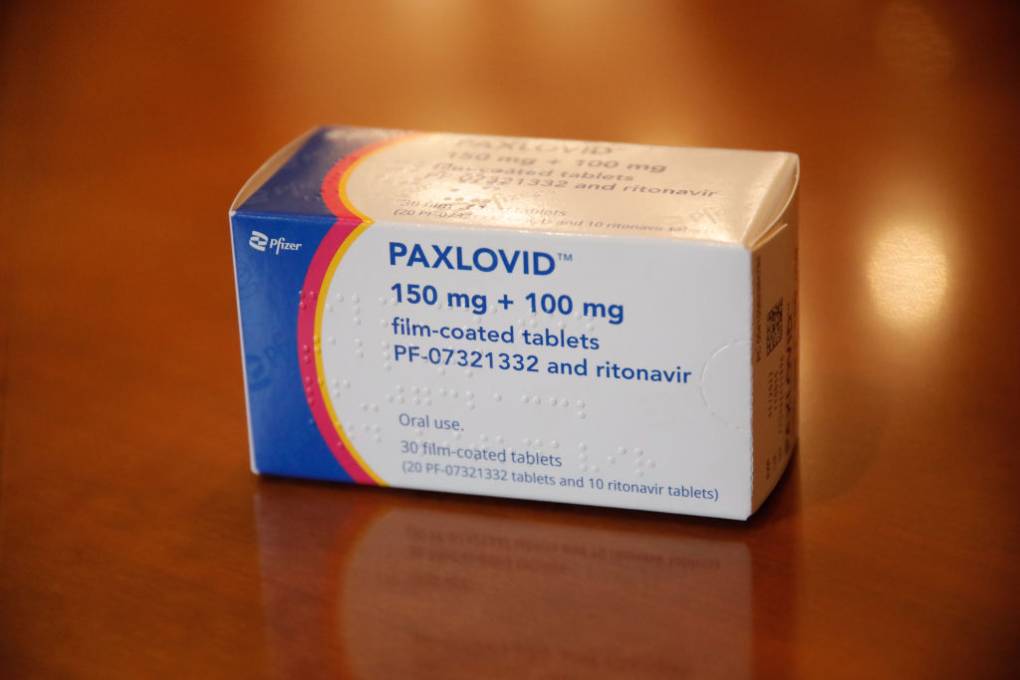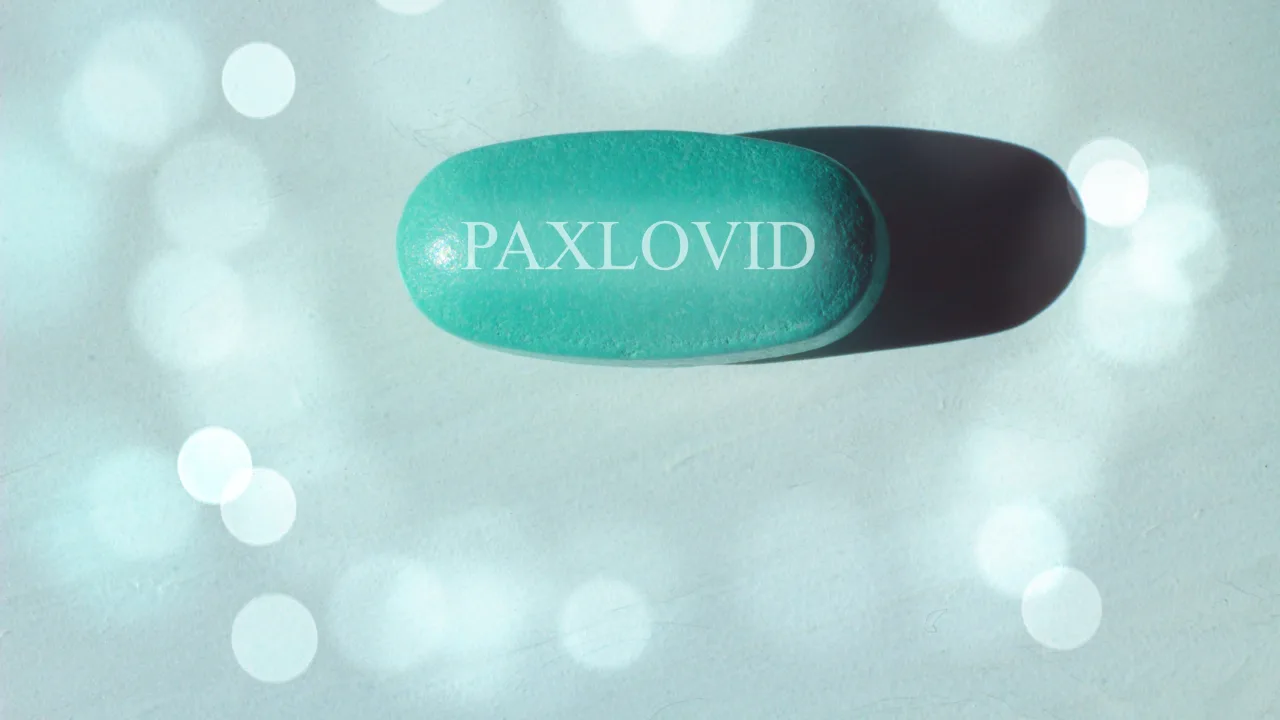A recent study has shown that taking the COVID-19 antiviral Paxlovid does not significantly improve symptoms of Long COVID. This finding is disappointing for the millions affected by Long COVID, a condition that currently lacks an approved treatment or cure.
Paxlovid had been a source of hope for those with Long COVID. Although the exact causes of Long COVID remain unclear, many researchers have theorized that lingering viral material in the body could contribute to persistent symptoms such as fatigue, inability to exercise, brain fog, and others.
Given this theory, Paxlovid, which inhibits viral replication and reduces the viral load in the body, seemed like a promising treatment.
However, the study, published on June 7 in JAMA Internal Medicine, found that a 15-day course of Paxlovid was safe but did not offer better relief from key Long COVID symptoms compared to a placebo.
“I would have loved to bring forward a paper that said, ‘Great benefit,’” states Dr. Upinder Singh, the senior author and a professor of infectious diseases at Stanford University.
Despite the lack of favorable results, Singh notes that the study contributes to the broader understanding of Paxlovid and Long COVID, and does not rule out the possibility of future positive findings. “Science is generative,” she says. “Data sometimes changes.”
Singh and her team enrolled 155 adults with Long COVID in the trial. All participants had previously tested positive for COVID-19, experienced Long COVID symptoms for at least 90 days, and currently had at least two of six major symptoms: fatigue, brain fog, body aches, cardiovascular issues, shortness of breath, and gastrointestinal issues.
Most participants had been ill for over a year, and nearly all had been vaccinated against COVID-19. The study cohort was predominantly white (three-quarters) and about 60% female.
Approximately 100 participants were randomly assigned to receive the full Paxlovid regimen, which includes the antiviral nirmatrelvir and ritonavir, the latter of which prevents nirmatrelvir from breaking down too quickly.
The remaining participants were given a placebo with ritonavir, which does not combat the SARS-CoV-2 virus by itself.

Ritonavir enhanced the placebo effect due to its association with a characteristic side effect of Paxlovid—a bad aftertaste—making it difficult for participants to discern whether they received the active treatment or not.
Both groups took their medications twice daily for 15 days, which is three times longer than the standard Paxlovid prescription.
The researchers monitored them for 15 weeks to assess safety and observe any differences in Long COVID symptoms over time.
On a positive note, the researchers determined that taking Paxlovid for 15 days is generally safe, although common non-life-threatening side effects included diarrhea and a bad aftertaste.
This information is valuable as some experts believe that a longer duration of Paxlovid use could help prevent issues such as Paxlovid “rebound” and might be more effective for certain high-risk patients, Singh explains.
However, Singh adds, “we didn’t find an obvious benefit” in terms of symptom relief from Paxlovid. Participants in the Paxlovid group did not experience significantly better outcomes than those in the placebo group.
Both groups did experience improvements in symptom severity over the study period. While symptoms often improve over time, Singh notes that participants may have had expectations of feeling better simply due to their involvement in a clinical trial.
Despite the relative improvement, moderate and severe symptoms persisted for many at the end of the study, highlighting the need for further research into treatments.
The future viability of Paxlovid or other antiviral drugs as effective treatments for Long COVID remains uncertain.
Although the results from this study are not promising, other research teams are investigating Paxlovid’s potential efficacy as a Long COVID treatment.
It is possible that the drug might be more effective with extended use, among certain groups of Long COVID patients, or in those who have not been ill as long as the participants in this study, Singh suggests.
Another key question is whether taking Paxlovid during an active COVID-19 infection could help prevent Long COVID from developing. Some data suggest it might, but other studies have found it ineffective as a preventive measure.
The current study did not explore this potential, and more research is needed before considering Paxlovid solely for prevention.
Nonetheless, Singh assures that scientists are actively addressing these questions and recognizing the significant unmet need for effective treatments and preventive measures for Long COVID. “People are working on this,” she says. “People are motivated.”
